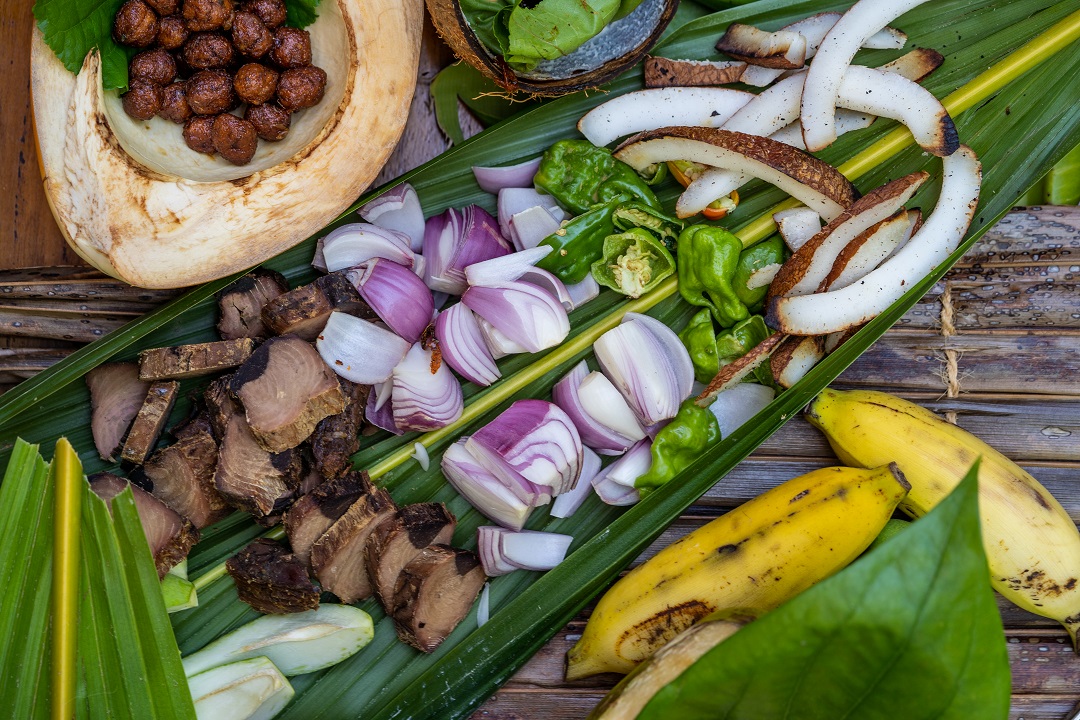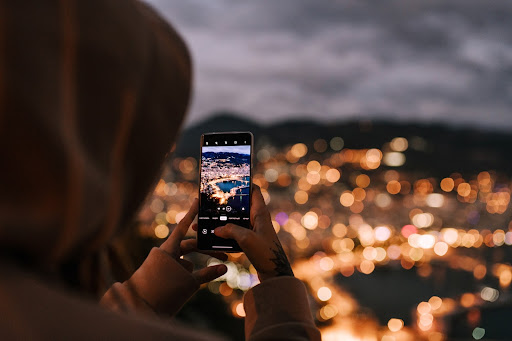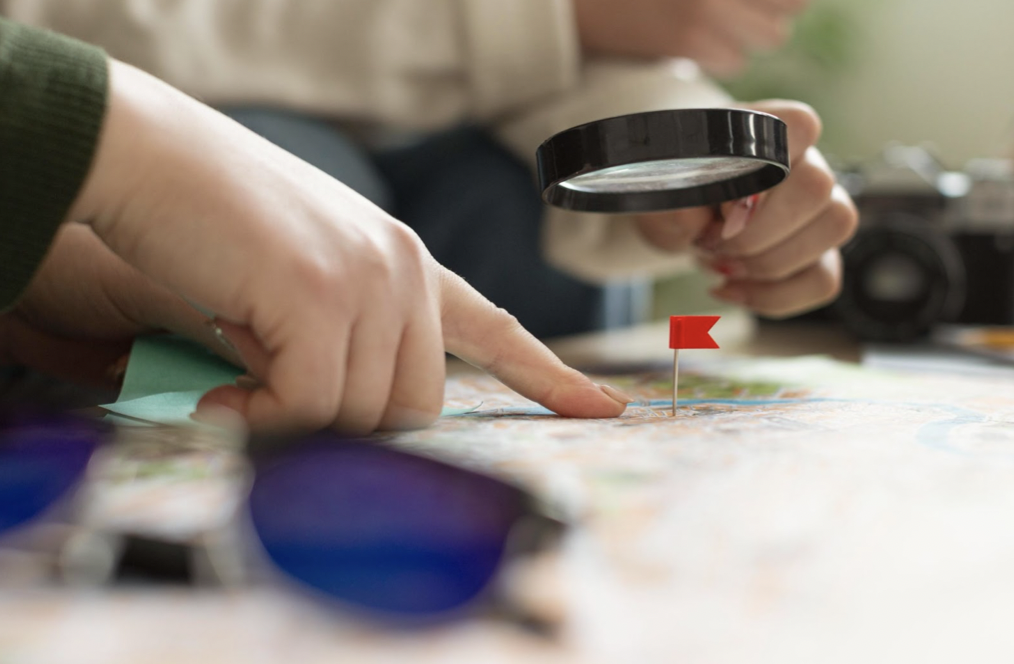Fall intern Megan O’Beirne has worked as a sustainability professional in the luxury hospitality industry, first in Laamu Atoll, Maldives and then in Cartagena, Colombia. Given her vast international experience and passion for the environment, she has adopted what she calls her “food philosophy” in regards to food on the road. Read on to find out her thoughts on how to eat sustainably while traveling:
We all grapple with the question of what to eat while traveling. Do you maintain a healthy diet or indulge? Do you try unfamiliar flavors or crave comfort food? Is my next destination vegan/vegetarian friendly? Throughout my time living, working, and traveling abroad, I have developed what I have come to call my food philosophy. It guides my efforts to make sustainable choices when it comes to dining on vacation.
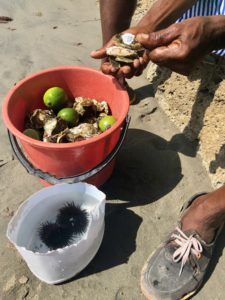
Putting my Vegetarian Diet on Hold
When I first started studying environmental science, I decided that if I was going to practice what I preach as an environmentalist, I was going to eat a vegetarian diet. Upon further realization that animals still need to be raised to produce their byproducts, and therefore still have the same environmental impact, I thought I had to become vegan. This lasted about six months until I left the United States for the first time and studied abroad in Copenhagen, Denmark. With my first solo steps into the world came the desire to experience every part of the new culture I was immersed in, and a huge part of that is food. I put my veganism on hold while I lived in the land of smoked herring, crispy pork, and Danish street hotdogs.
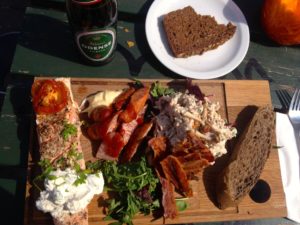
Shifting from Vegetarian to Locavore
When I started working as the Sustainability Manager at Six Senses Laamu, a luxury eco-resort in the Maldives, I was once again faced with a vegetarian’s dilemma. Maldives is a low-lying nation in the Indian Ocean whose 1,200 islands make up only 1% of the country’s territory, while the other 99% is sea. Staples include tuna, chili, and coconut in various forms for breakfast, lunch, and dinner. Here is where I came to terms with two important distinctions between cooking for myself at home and eating out in the world. The first is that Maldives has limited land area for crop production. The vegetables that are imported by ship or plane from abroad are not nearly as environmentally friendly as the tuna that was caught yesterday by pole-and-line fisherman with one of the most sustainable fishing methods in the world.
Secondly, when someone invites me into their home for a meal, I find it difficult to ask for something special to be prepared for me if meat is being served. Sharing food is a universal language that connects people from different cultures, and I revel in trying new cuisines if that means sitting down at the table with someone new. With these sentiments in mind, I began shifting from vegetarian to locavore, or someone who eats locally and seasonally whenever possible.
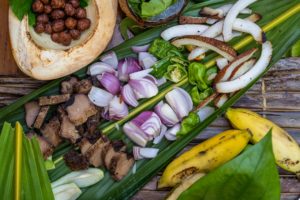
Do Your Research on What is Locally Sustainable
A few years later, I visited my brother in New Zealand and learned that deer were introduced for sport hunting. The population of the invasive species grew out of control, eventually contributing to deforestation. The deer would eat the pine tree saplings before they had a chance to grow into full-size trees. Hunters were given the task of culling the population, while some were captured for deer farming. Thus, venison chops, sliders, and pies popped up on menus across the country.
I would never order a deer burger anywhere else in the world, but in New Zealand it made sense because of two more realizations that now contribute to my philosophy. Eating based on where you are is the way to eat fresh ingredients, with a low carbon footprint, that are culturally appropriate, and made by people who have practiced the preparation methods for generations. That deer burger also helped combat deforestation, which seemed like a worthy cause for me to break the environmentalists’ code of conduct and eat meat. There are endless examples of other ways our food systems can be climate positive through reforestation, restoration, and regeneration. Finding these is the key to how to eat sustainably while traveling.
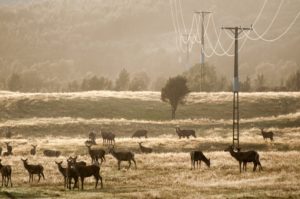
The Most Sustainable Diet is the One that is Right for You
Venison in New Zealand, tuna in Maldives, and pork in Denmark made their way into my diet during my travels, but did not reserve a permanent place in my home kitchen. These foods brought me authentic experiences that were closer to the people, religions, economies, and social structures of the communities I visited than if I had stuck to my principles as a strict vegetarian. I now avoid the vegetarian label, even though I cook plant-based meals for myself at home. Instead, I eat based on what is local, fresh, seasonal, culturally appropriate, and on special occasions — whatever the chef or grandmother in the kitchen says is the house specialty. How to eat sustainably while traveling is what works best for you.
We all know we should be eating less meat, buying less junk food, and using less plastic. But at the end of the day, we should all make decisions around what goes on our plate based on what makes the most sense for our own bodies, minds, and hearts. You can learn more about how to travel sustainably from these useful links, or by following Solimar International on Facebook, Instagram, and Twitter. Bon appétit, buen provecho, and itadakimasu!

